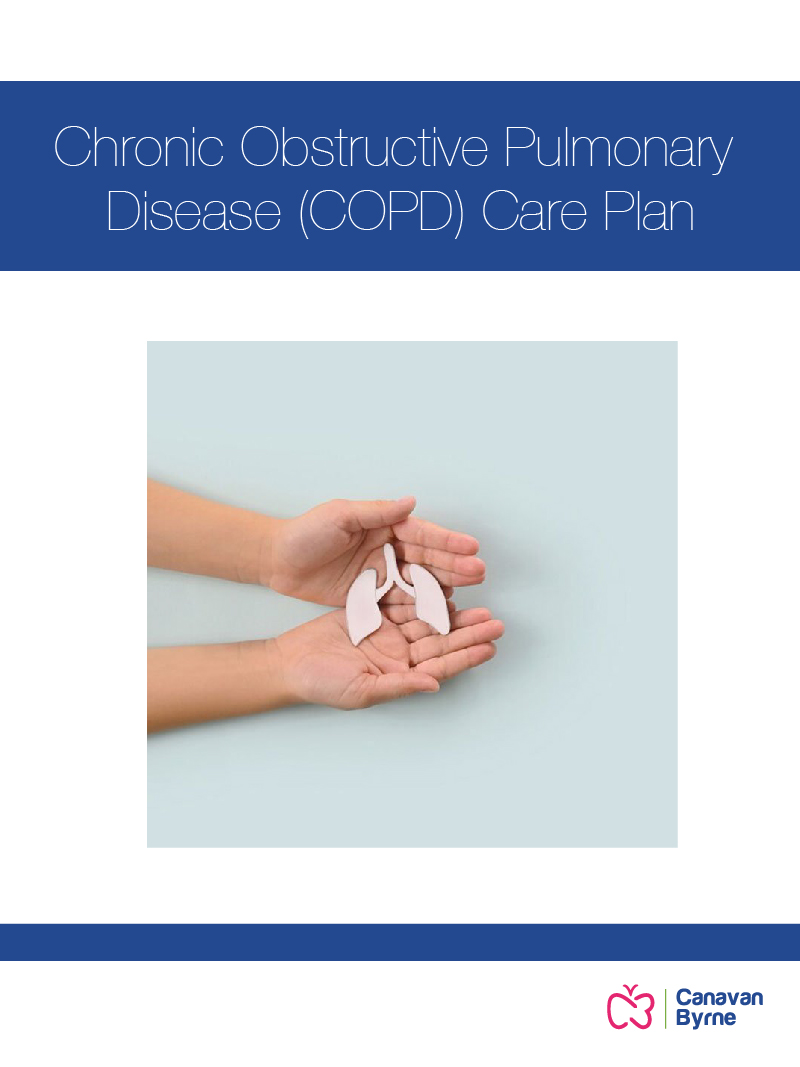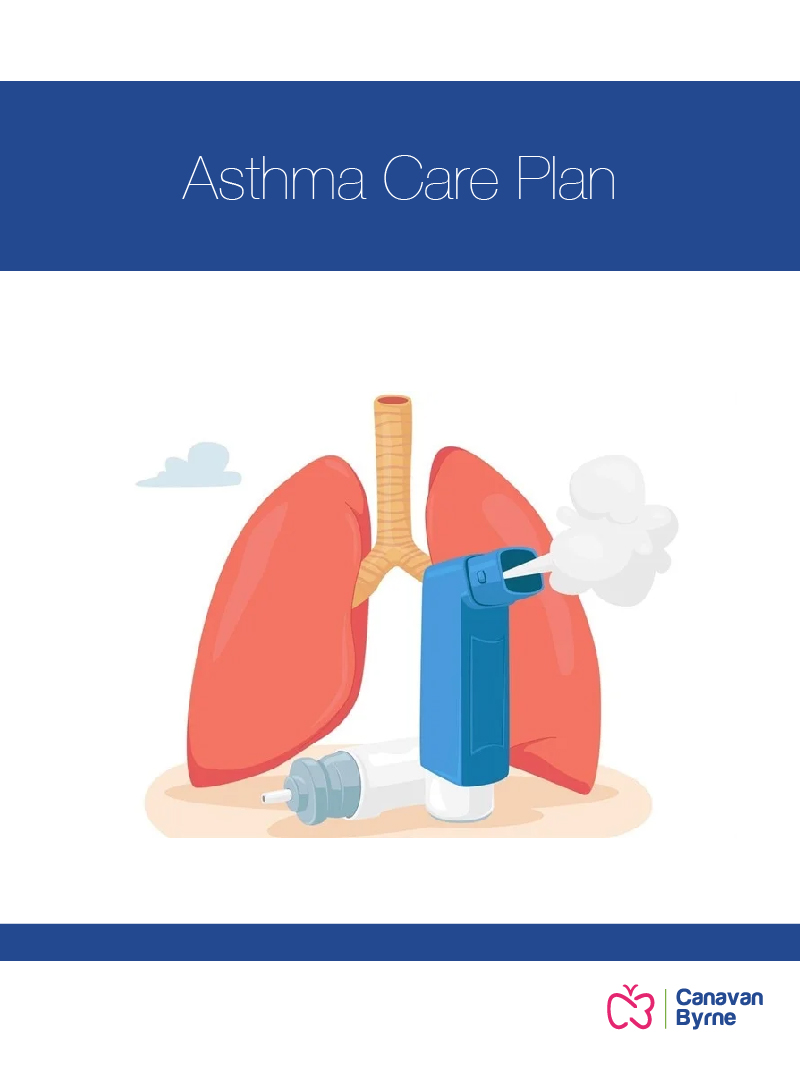In the case where a child’s body either permanently or temporarily requires an alternative method of ridding of waste from the body, a surgical procedure known as ‘colostomy’ is carried out. An artificial ‘stoma’ , or ‘opening’ is surgically created in the lower abdomen to allow for natural body waste to be diverted out. A ‘stoma bag’ or ‘colostomy bag’ is fixed to this opening to collect natural body waste for disposal. Bags are routinely emptied and replaced, much like carrying out a regular nappy changing procedure. Depending on the child’s age and independence, assistance and care may be required. A care plan for a child with a stoma bag is essential for ensuring that comfort, dignity, hygiene, and Infection Control measures are maintained to the highest possible standards. A stoma bag does not normally restrict or limit a child in any way. In most cases, children carrying a stoma bag can move and play (be hugged, lifted, played with) in the same way as a child without one. Most stoma bags are discreet and remain unnoticeable beneath a child’s clothing. When a Stoma Bag is fitted correctly, the child feels no discomfort and there are no major physical limitations.
Medical care plans are a useful tool to be sure you are providing the very best possible care for the children in your service as well as documenting your commitment to staff training and care when inspected.
Contents
- Child's Record Sheet
- Useful Information for Staff/Carers: The Tricky Terminology, The Simple Facts, When to Change a Child Stoma Bag, How to Change a Child Stoma Bag, Types of Stoma Bags
- Log of Staff Inductions on Stoma Bag Care and Changing
- Allergy Alert Notice and Cover Sheet
- Sample Letter to Parents
- Medical Consent and Administration Form









Reviews
There are no reviews yet.